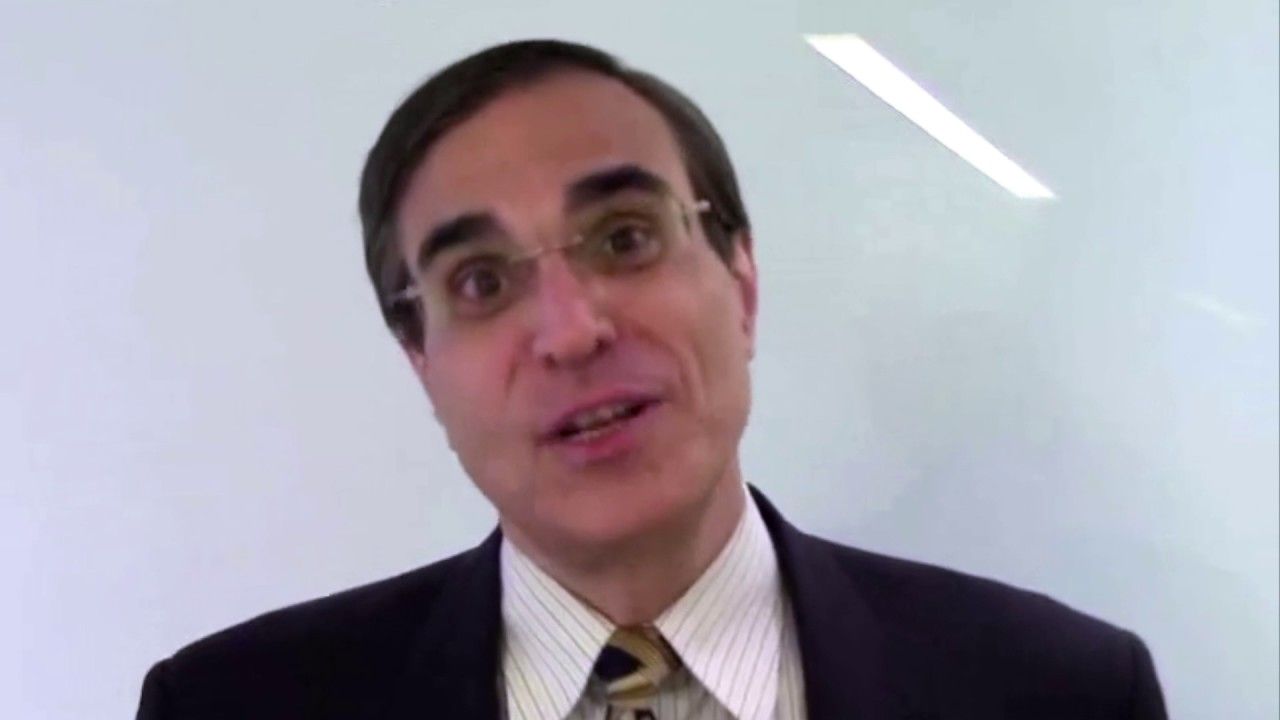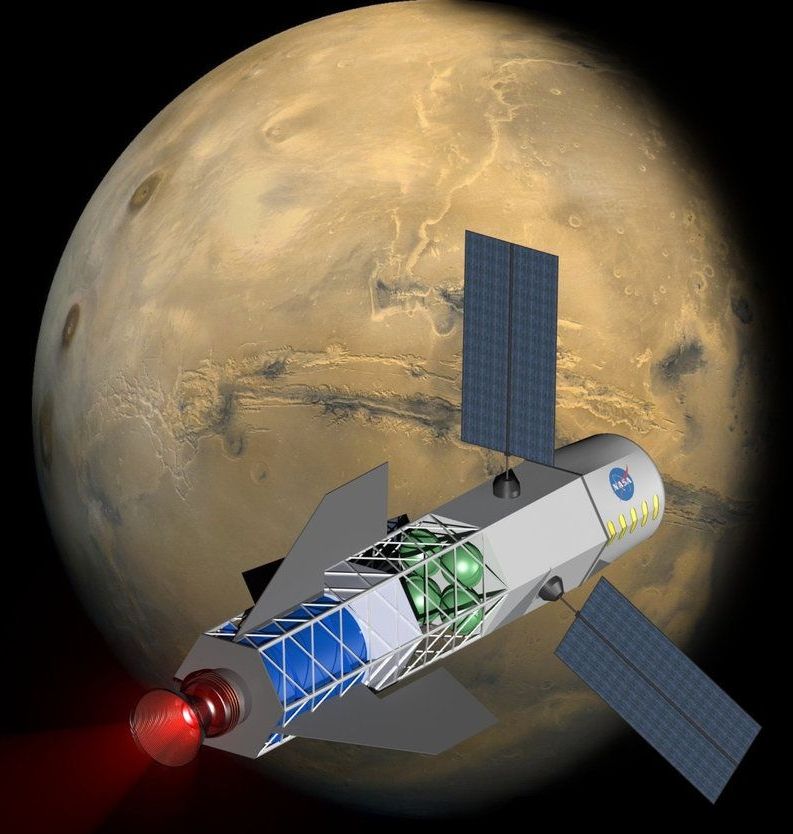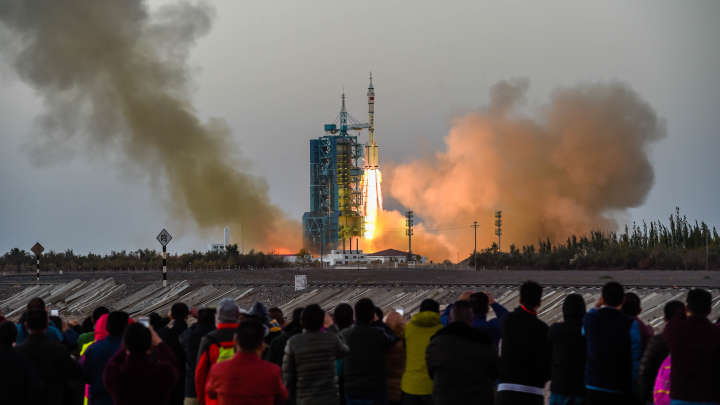Page 10316
Jun 10, 2017
Ml4SETI Hackathon and Code Challenge
Posted by Brett Gallie II in categories: alien life, information science
The SETI Institute is hosting a global, public hackathon and code challenge to find a robust signal classification algorithm for use in our mission to find E.T. radio communication.
The Data Set
Each night, the SETI Institute observes signals across the radio frequency spectrum using the Allen Telescope Array (ATA). The signal detection system at the ATA searches for narrow-band radio signals coming directly from particular targets in the sky.
Jun 9, 2017
Will Mini Fusion Rockets Provide Spaceflight’s Next Big Leap?
Posted by Klaus Baldauf in categories: materials, space travel
Fusion-powered rockets that are only the size of a few refrigerators could one day help propel spacecraft at high speeds to nearby planets or even other stars, a NASA-funded spaceflight company says.
Another use for such fusion rockets is to deflect asteroids that might strike Earth and to build manned bases on the moon and Mars, the researchers say.
Rockets fly by hurling materials known as propellants away from them. Conventional rockets that rely on chemical reactions are not very efficient when it comes to how much thrust they generate, given the amount of propellant they carry, which has led rocket scientists to explore a variety of alternatives over the years. [Superfast Spacecraft Propulsion Concepts (Images)].
Continue reading “Will Mini Fusion Rockets Provide Spaceflight’s Next Big Leap?” »
Jun 9, 2017
I’m excited to see my NowThis video reach 600,000 views
Posted by Zoltan Istvan in categories: robotics/AI, transhumanism
There’s been a few thousand comments between the various releases of the video too. It’s great to see so many people considering a Federal Land Dividend as a way to live and thrive in a challenging future tied to widespread automation, transhumanism, and AI: https://www.facebook.com/NowThisFuture/videos/1600120853362422/?fref=mentions
Jun 9, 2017
Immortality Our Future? Technology is our Fountain of Youth with Liz Parrish
Posted by Montie Adkins in categories: futurism, life extension

https://www.youtube.com/watch?v=KoRTTOzkkN0&feature=share
Liz Parish joins the show to discuss her company’s efforts to reverse aging. Her aging trials have been famously conducted on her personally resulting in 20 year reversals on Telomere cell lengths, muscle mass, and other factors. We discuss the real possibility that humans could live to be over 1000 years old in our lifetimes. We also discuss the ethical issues that arise from the flood of new technologies that will soon be on the market.
You can see more about Parrish and her company at BioViva-Science.com
Continue reading “Immortality Our Future? Technology is our Fountain of Youth with Liz Parrish” »
Jun 9, 2017
Dr. Jose Luis Cordeiro – Supporting the development of cryonics and rejuvenation biotechnology
Posted by Steve Hill in categories: biotech/medical, cryonics, economics, education, engineering, life extension, lifeboat, singularity

Interview with Dr. Jose Luis Cordeiro at the International Longevity and Cryopreservation Summit in Madrid.
During the recent International Longevity and Cryopreservation Summit in Madrid, LEAF Board member Elena Milova had the opportunity to speak with Dr. Jose Luis Cordeiro new fellow of the World Academy of Art and Science (WAAS) and long-term proponent of innovation technologies in many fields. Jose shared his vision on how public perception of rejuvenation technologies is changing over time and what are the main outcomes of the groundbreaking show he and his team managed to organize.
Jun 9, 2017
China Says It Is Preparing For A Manned Lunar Landing
Posted by Andreas Matt in category: space
This year, they will also select a third group of astronauts, comprising 10 to 12 people, two of which will be women (it’s unclear if these have already been selected).
These astronauts will travel to the CSS for three to six months to perform scientific research. They will have more of a science background than previous Chinese astronauts, known as taikonauts.
China has sent 11 taikonauts to space so far, with the most recent coming last October on their Shenzhou-11 mission.
Continue reading “China Says It Is Preparing For A Manned Lunar Landing” »
Jun 9, 2017
Startup Societies Summit: A Decentralized Governance Trade Show
Posted by Joe McKinney in categories: bitcoin, business, cryptocurrencies, defense, economics, futurism, geopolitics, governance, government
Lifeboat Foundation readers are aware that the world has become progressively more chaotic. Part of the danger comes from centralized points of failure. While large institutions can bear great stress, they also cause more harm when they fail. Because there are so few pillars, if one collapses, the whole system is destroyed.
For instance, prior to the federal reserve system, bank runs we extremely common. However, since the financial system consisted of small, competing institutions, failure was confined to deficient banks. So while failure was frequent, it was less impactful and systemic. In contrast, after the establishment of the federal reserve, banks became fewer and larger. Failures, while more infrequent, were large scale catastrophes when they occurred. They affected the whole economy and had longer impact.
This is even more important in political systems, which are the foundation of how a society operates. In order to have a more robust, antifragile social order, systems must be decentralized. Rather than a monopolistic, static political order, there must be a series of decentralized experiments. While failures are inevitable, it can be localized to these small experiments rather than the whole structure.
Continue reading “Startup Societies Summit: A Decentralized Governance Trade Show” »
Jun 9, 2017
Nanotechnology reveals hidden depths of bacterial ‘machines’
Posted by Klaus Baldauf in categories: energy, nanotechnology, sustainability
New research from the University of Liverpool, published in the journal Nanoscale, has probed the structure and material properties of protein machines in bacteria, which have the capacity to convert carbon dioxide into sugar through photosynthesis.
Cyanobacteria are a phylum of bacteria that produce oxygen and energy during photosynthesis, similar to green plants. They are among the most abundant organisms in oceans and fresh water. Unique internal ‘machines’ in cyanobacteria, called carboxysomes, allow the organisms to convert carbon dioxide to sugar and provide impacts on global biomass production and our environment.
Carboxysomes are nanoscale polyhedral structures that are made of several types of proteins and enzymes. So far, little is known about how these ‘machines’ are constructed and maintain their organisation to perform carbon fixation activity.
Continue reading “Nanotechnology reveals hidden depths of bacterial ‘machines’” »
Jun 9, 2017
1,000-Foot-Wide Asteroids That Could Hit Earth Discovered
Posted by Sean Brazell in category: asteroid/comet impacts
Scientists have discovered a new branch of the Taurids meteor stream that could pose a major risk to Earth, with asteroids up to 1,000 feet wide flying past us every few years. The Taurids meteor shower peaks every October and November, producing a relatively small display of shooting stars as the planet.
















